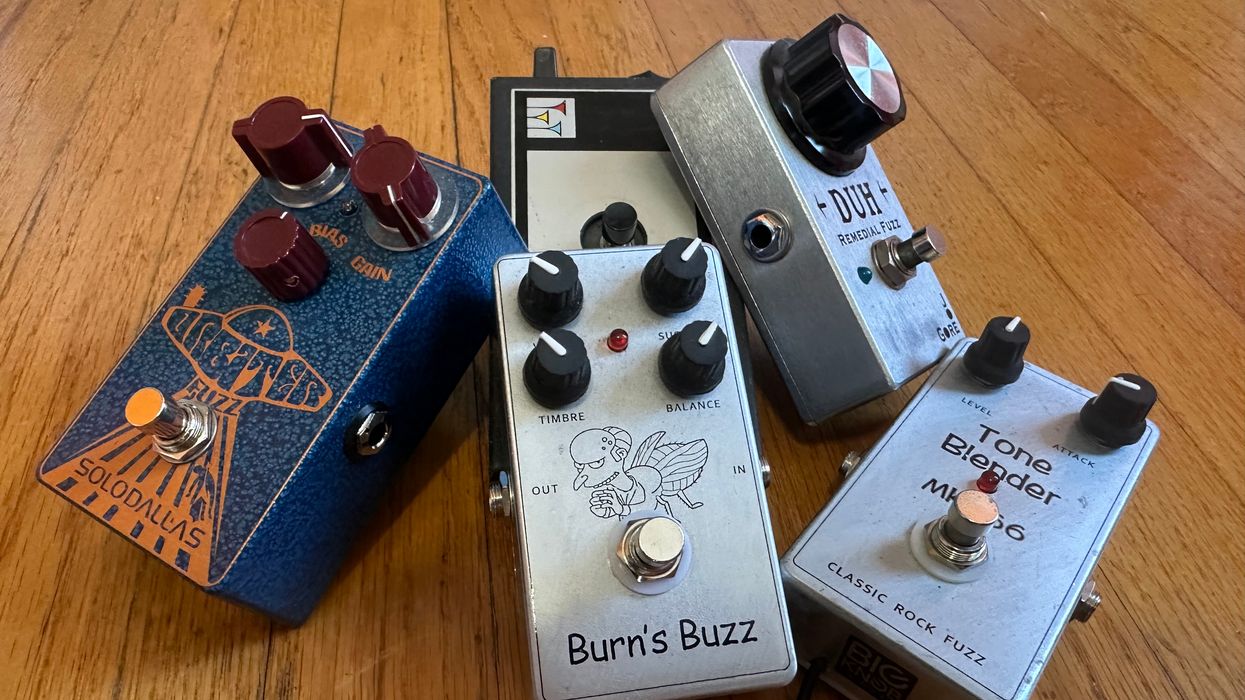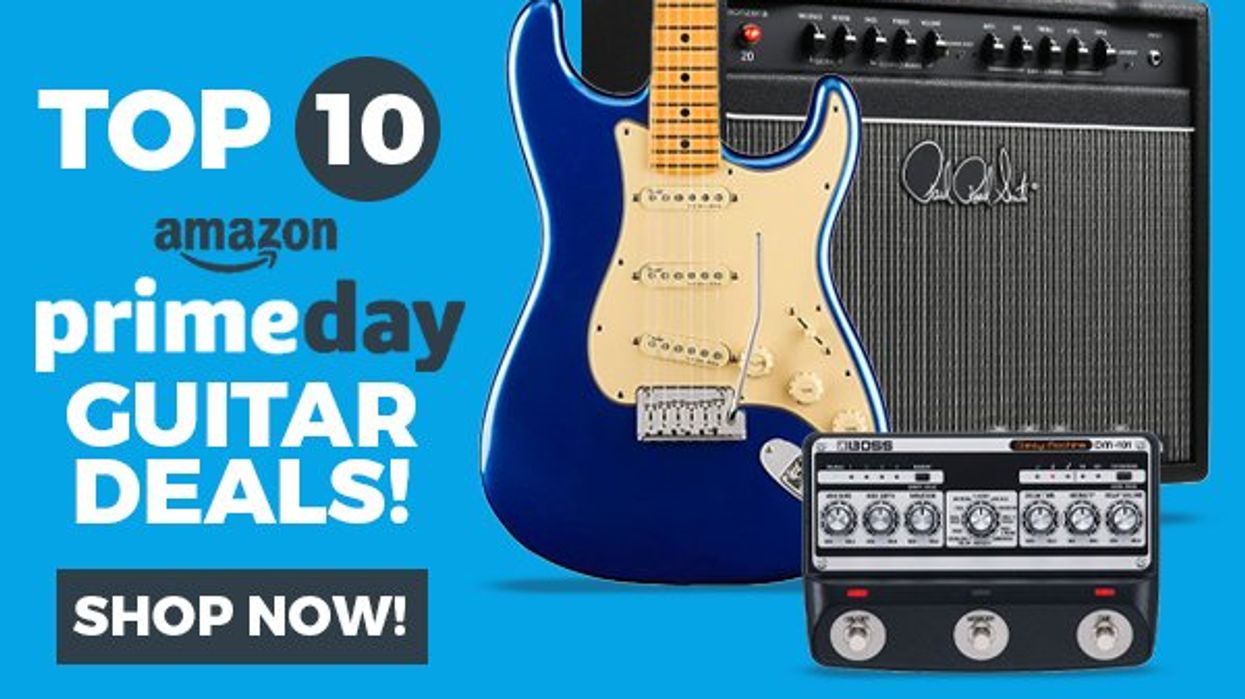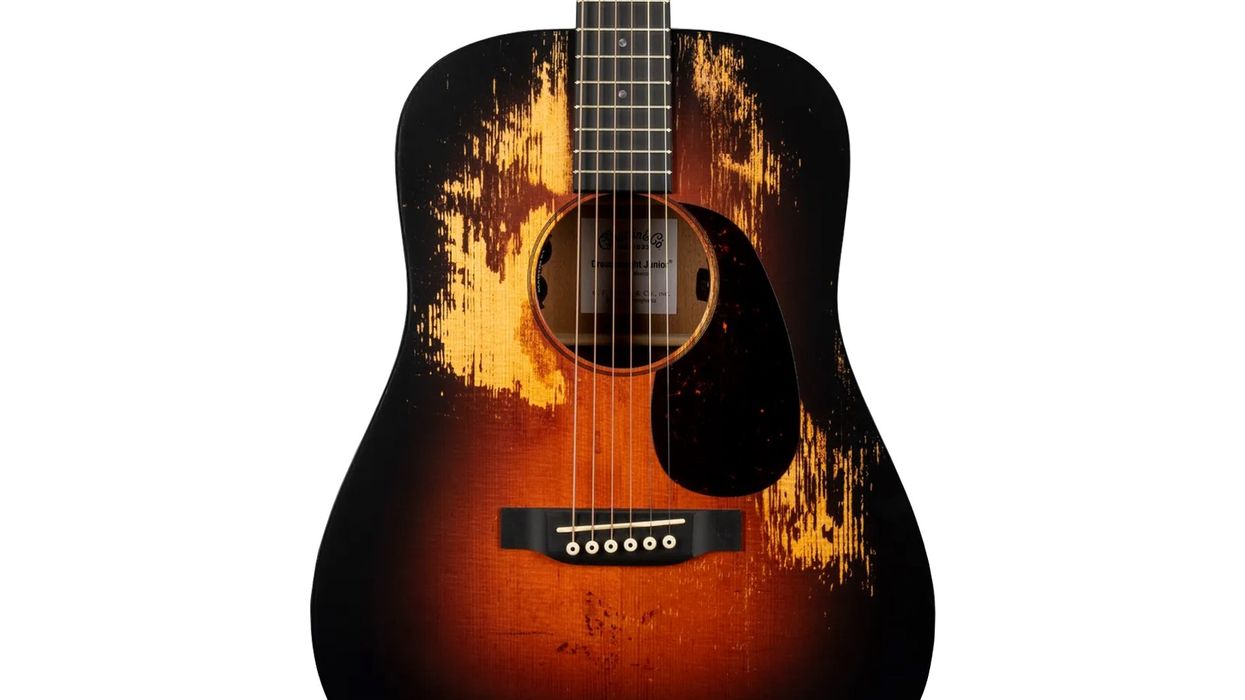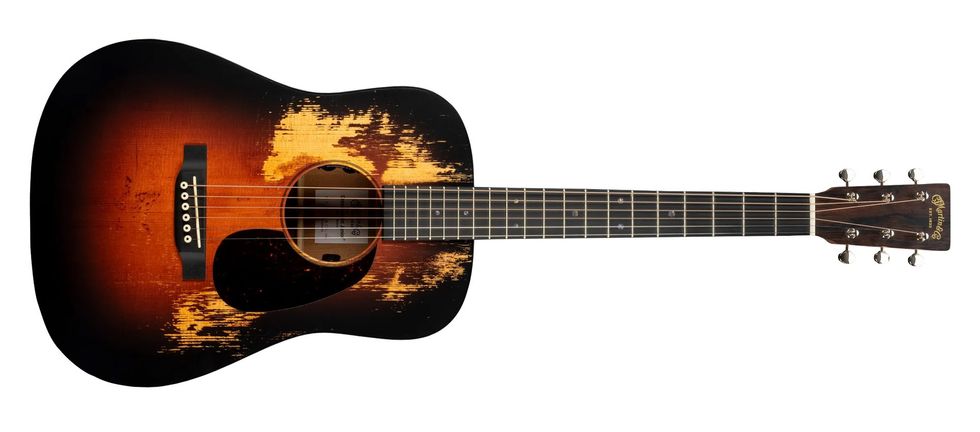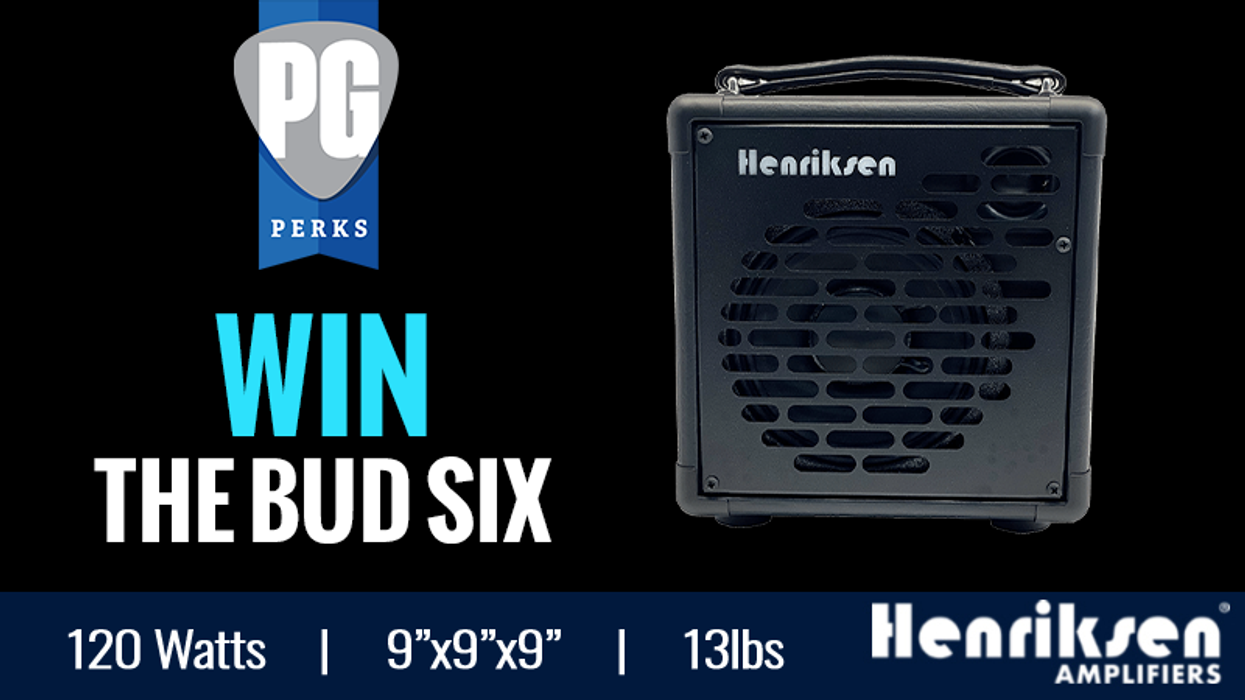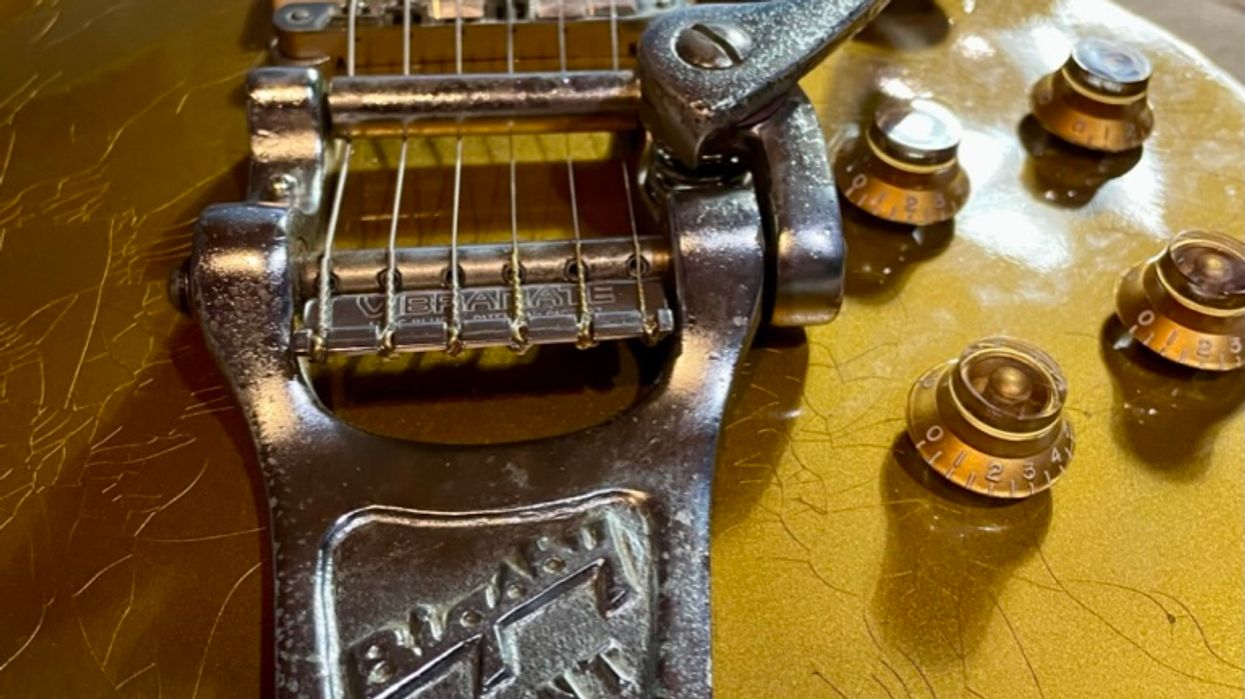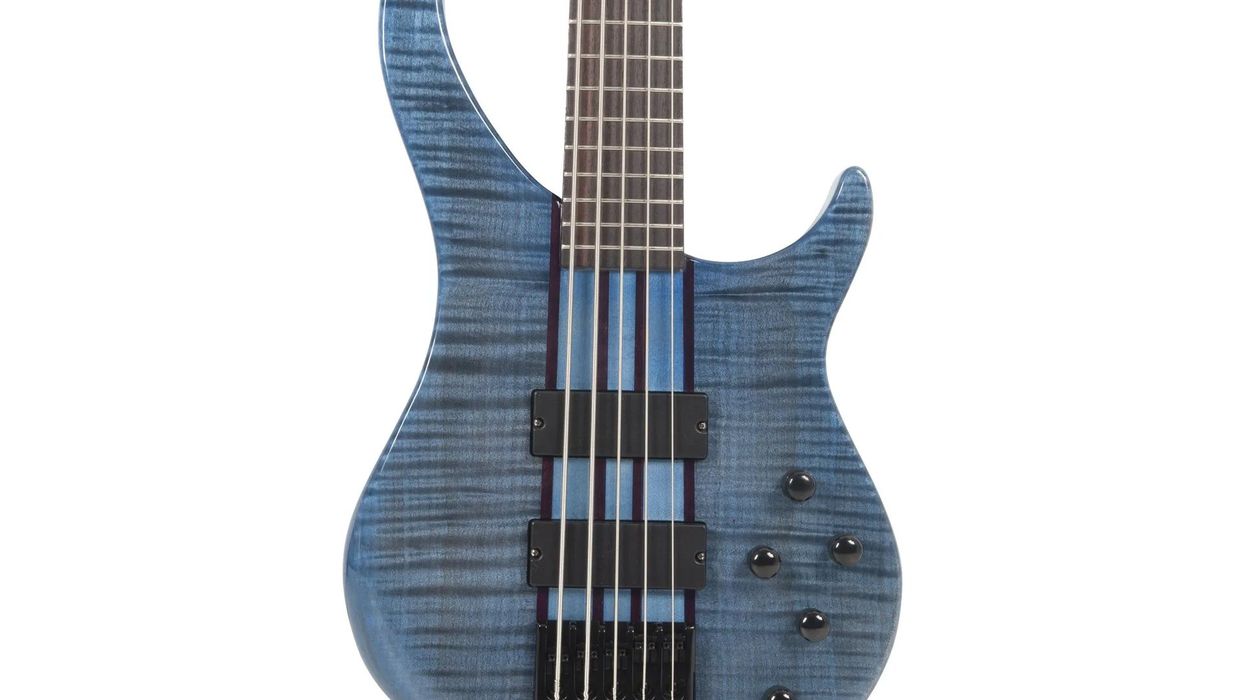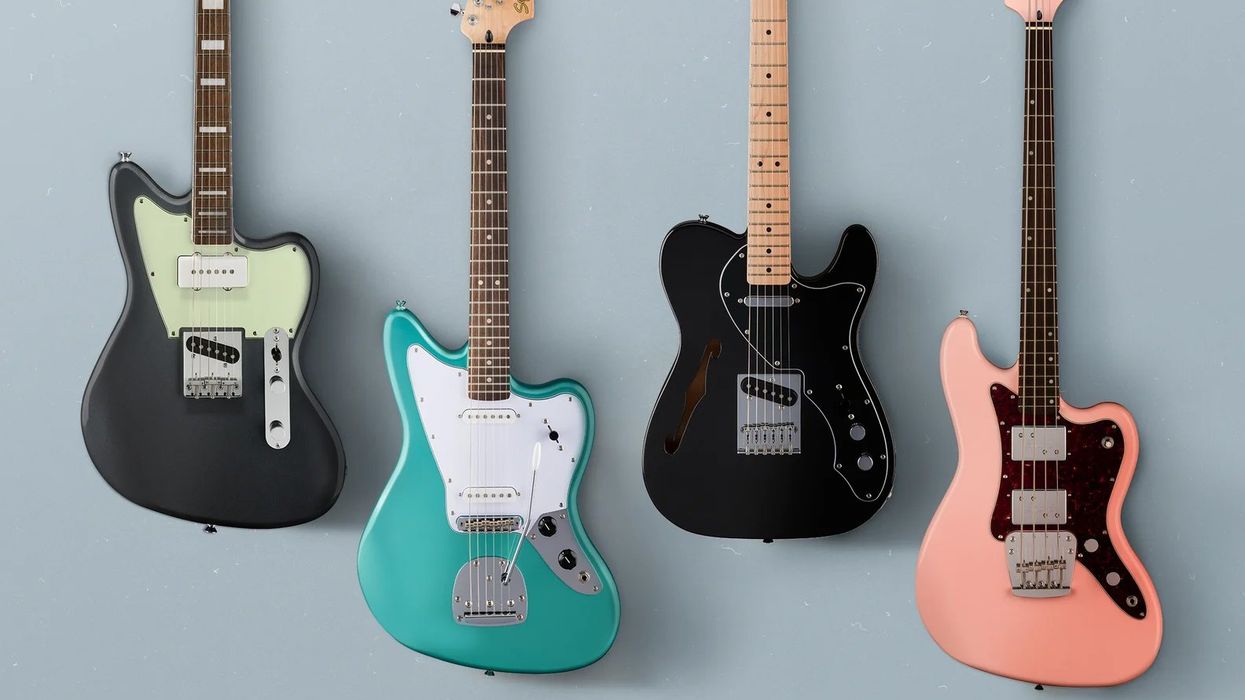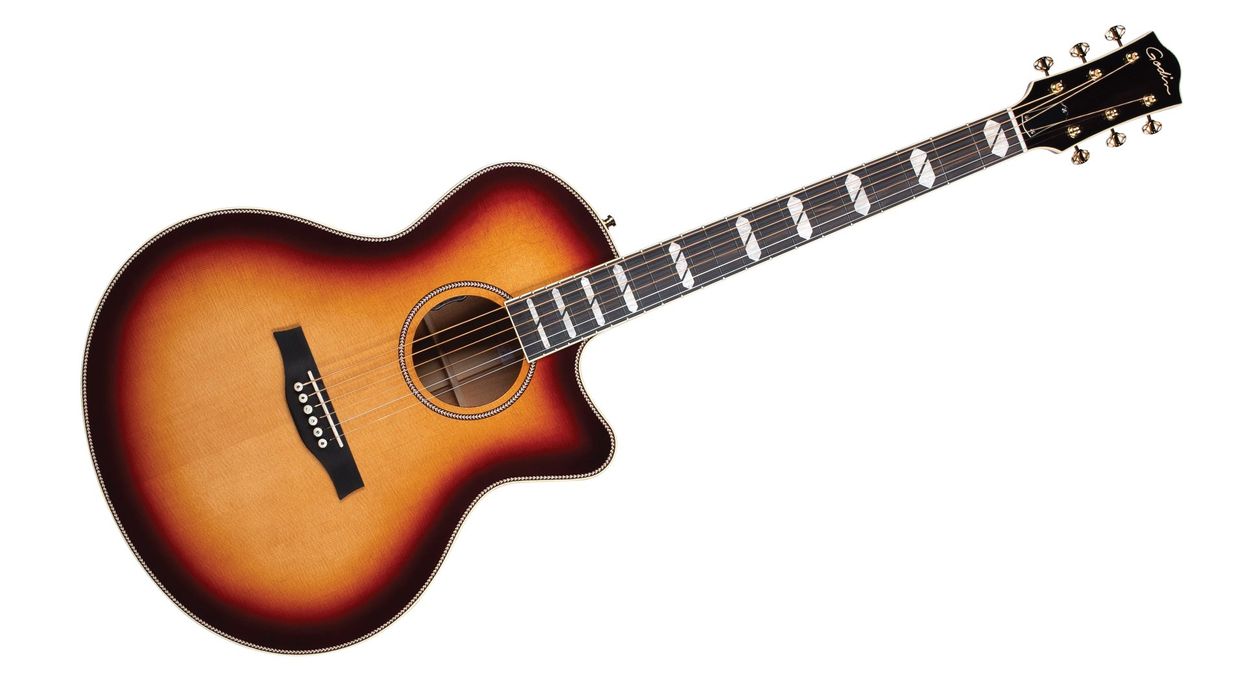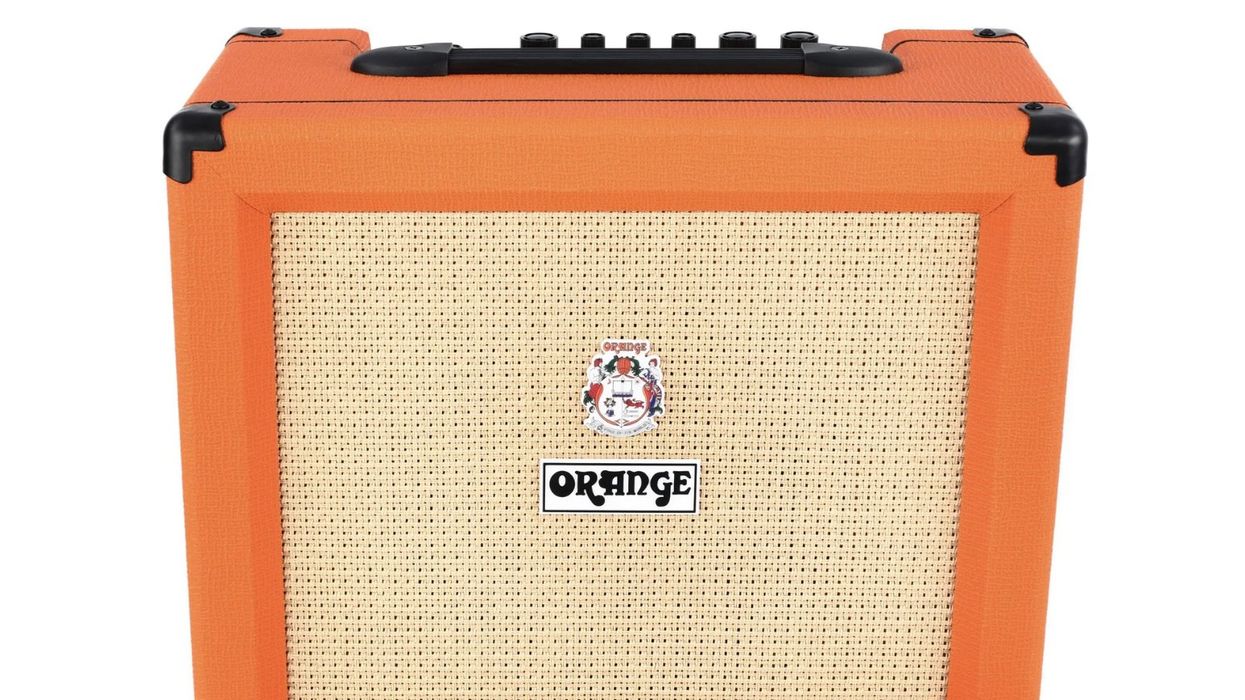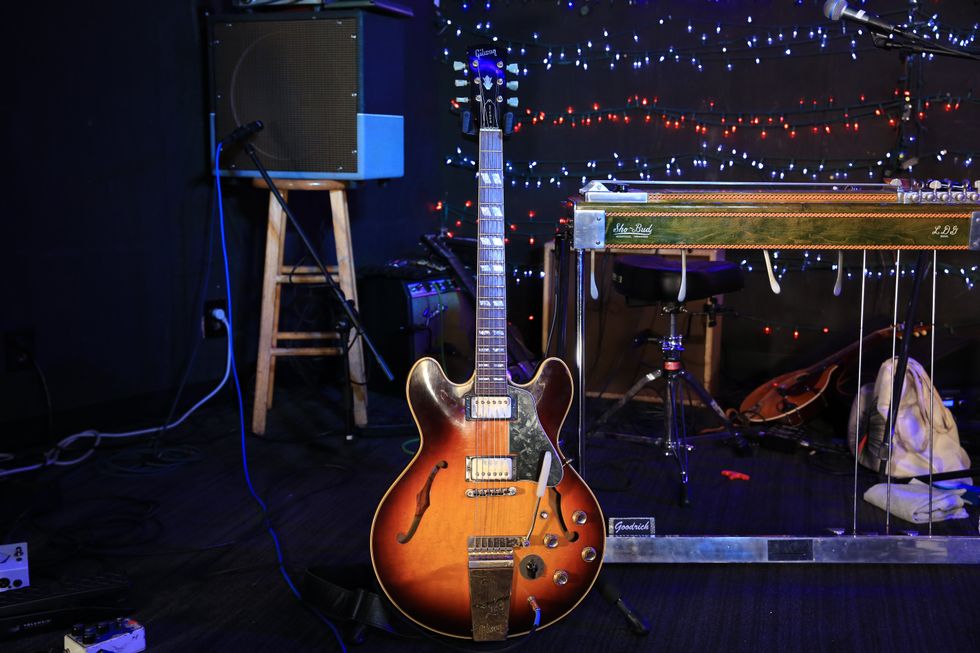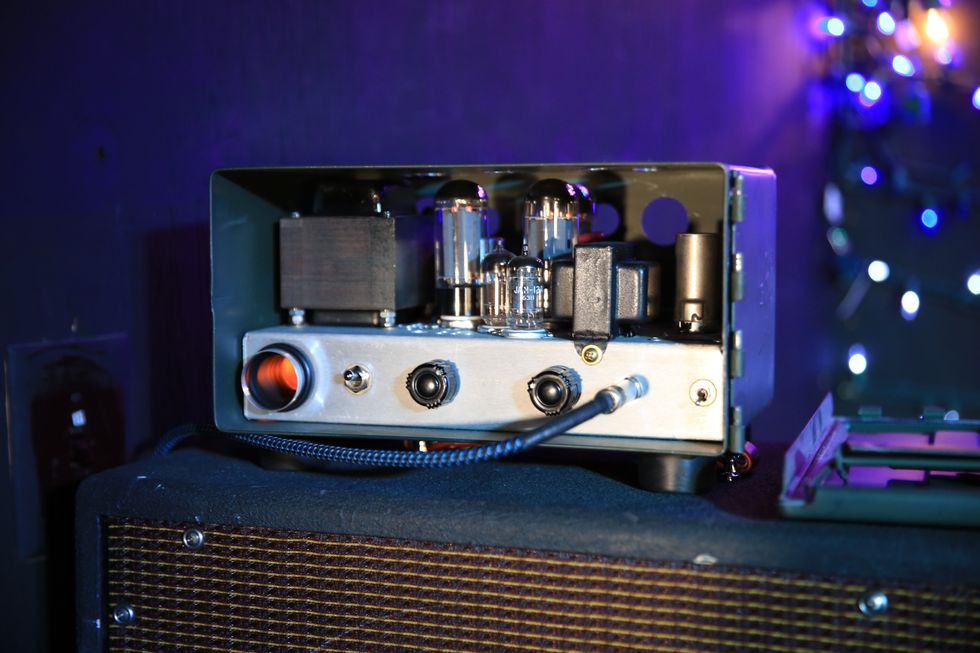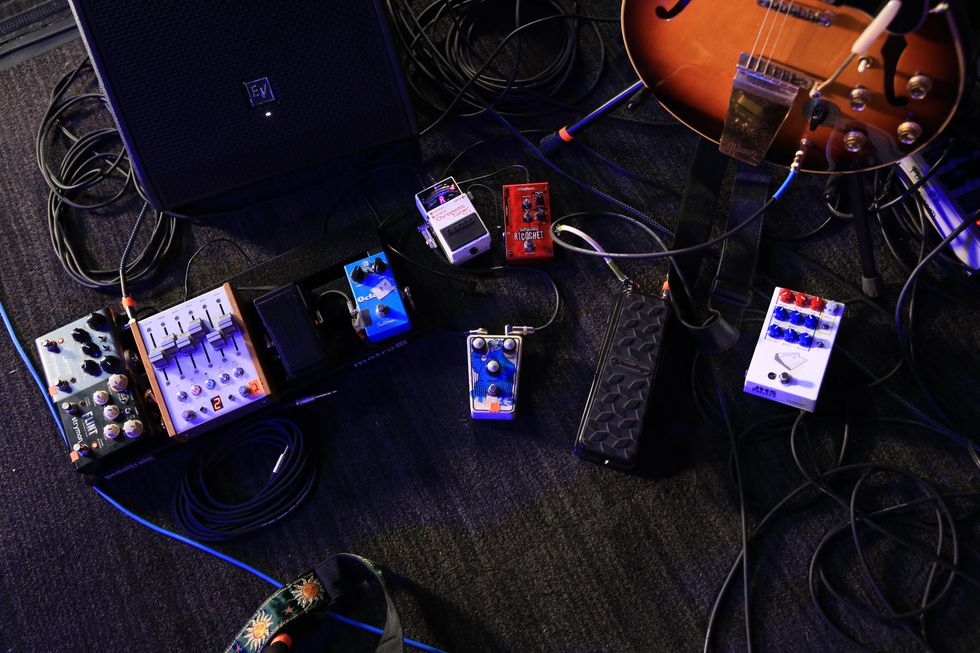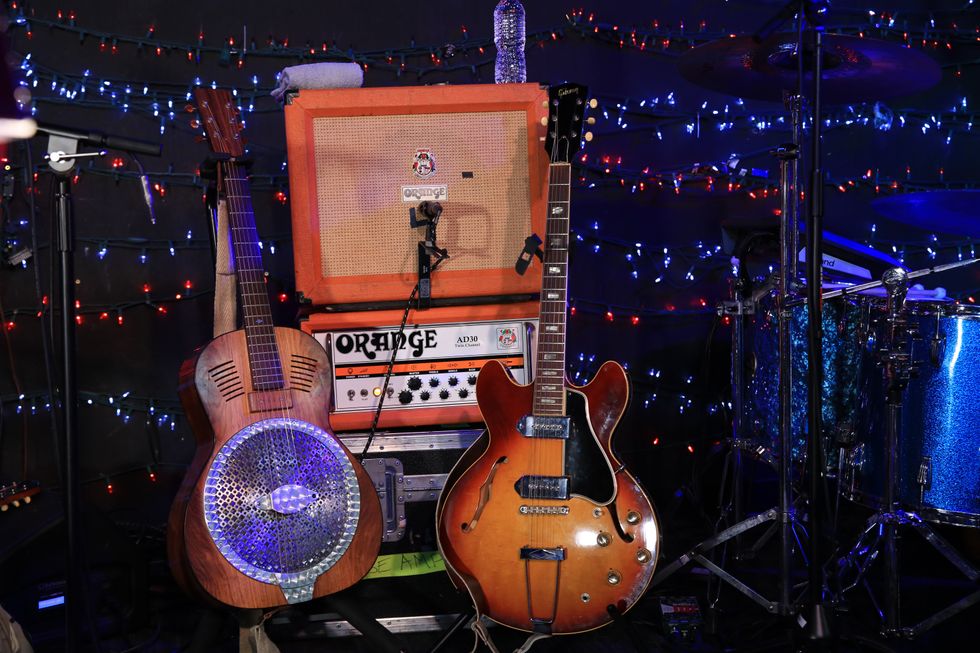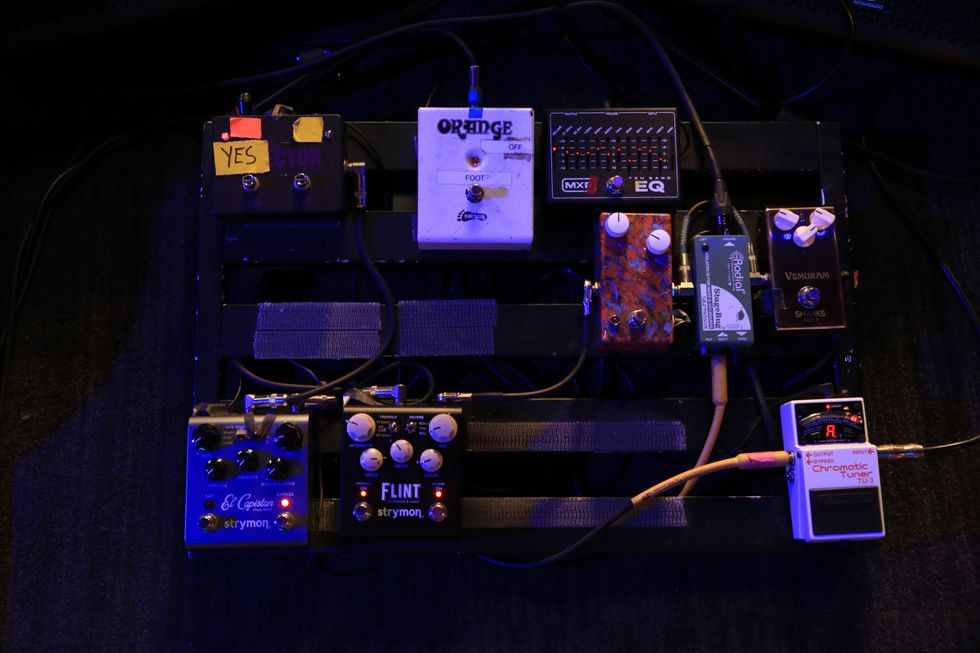The 1940s through '70s were a hugely transformative period for the guitar. While much was made of the rapid evolution of the electric guitar itself, plenty was happening on the amplification front, too. In the US, the groundbreaking amps of companies like Fender were turnings heads and setting toes tapping with their distinctive sparkling tones. On the other side of the pond, Vox and Marshall were shaping the warmer end of the sonic spectrum. Soon these amps started crossing over into each others' countries of origin, opening up the tonal palette for musician and listener alike.
Australian guitarists heard these sounds on record too, of course, but being tucked in a much more remote patch of the globe, prohibitive costs kept these luxurious items out of reach of most aspiring Antipodean axemeisters. It's no surprise that Aussie companies started taking matters into their own hands quite early on, with some notable examples stretching back to the pre-WWII era. The golden age of the Australian tube amp came to an end in the '70s, when tariffs on imports were drastically reduced and it finally became economically viable to import British and American amps for the masses. Some these almost-forgotten Australian-made tube amps have now taken on near mythical status.
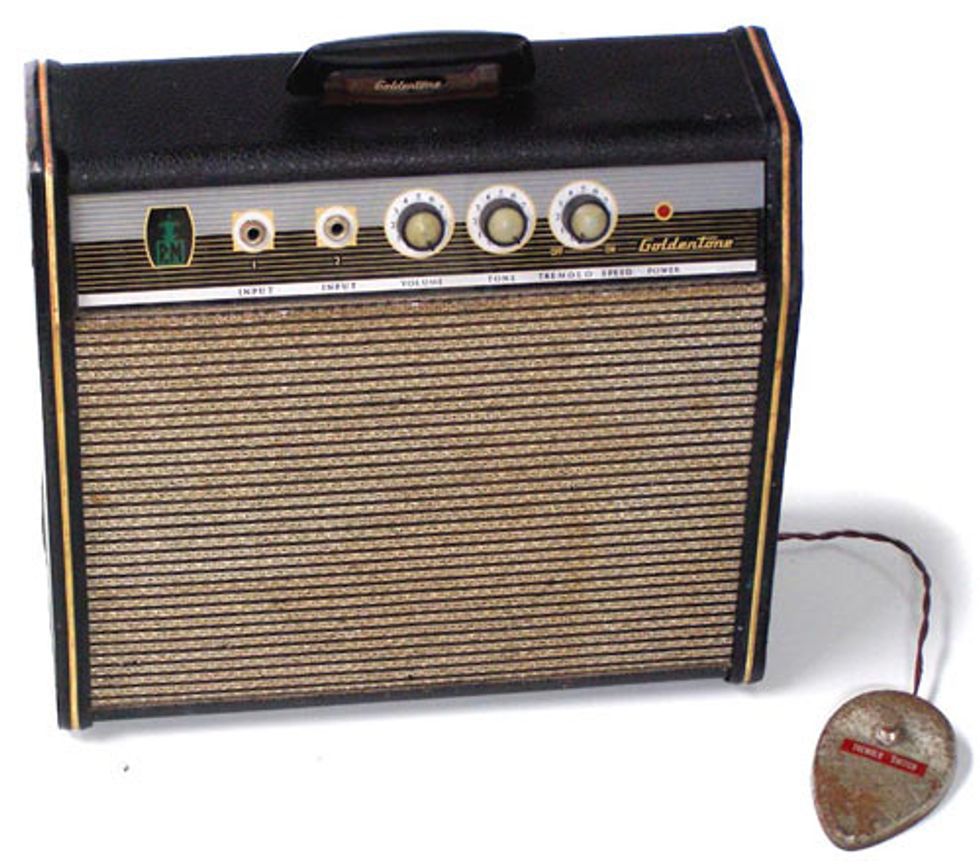
1960s Goldentone, photo by Neil Rote
"There was a bit of a connection between ham radio and these amplifiers back in the early days," says Roly Roper of OzValveAmps.org, one of Australia's leading authorities on classic homegrown tube amps. "Back then, radio hams used amplitude modulation, which required thumping great audio modulators—which were something similar to big guitar amps. So they tended to inform guitar amp design, which was happening during that transitional period of having an infatuation with all things British that came from Menzies and co. [monarchist Australian Prime Minister Robert Menzies, who was in power from 1939-41, then again from '49-'66] to a swing of loyalty toward the United States. The '60s represented a transition period where we had a foot in both camps, so you'll find a British influence as well as an American influence, particularly in the valve types used. Very big amps tended to use KT88s which came from the UK, but small or medium sized amps tended to use 6L6s which came from the US, and those amps tended to imitate Fenders."
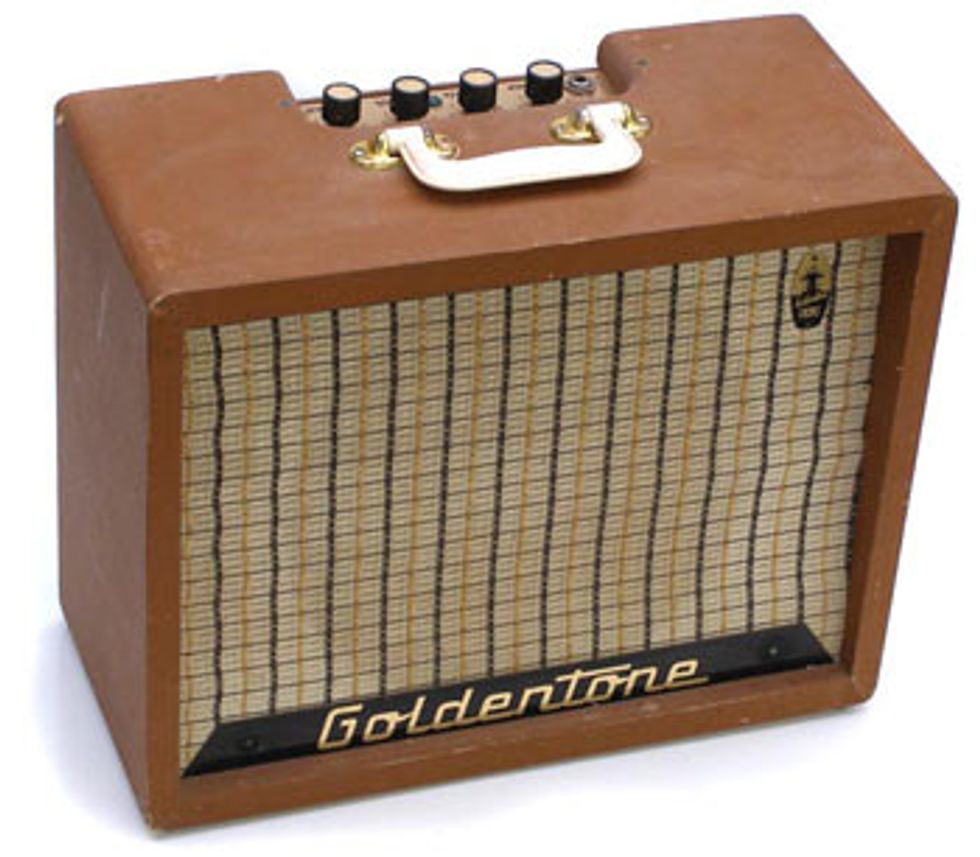 1959 Goldentone, photo by Neil Rote |
The middle era for Goldentones was the start of the surf era. "The Goldies were pretty popular around that time," explains Roper, "especially the large combos, which were kind of like the Fender Twins." While Goldentone amps share certain tonal qualities with Fender's early offerings, they also tend to offer Vox-style tremolo circuits, and are often noteworthy for their ample bottom end.
Toward the end of the Australian tube amp era, names like Strauss, Eminar, and Trent dominated. "These guys built huge monstrosities that needed a removal van to carry around. Hundreds of watts," says Roper. "Probably the most outstanding one was the Strauss Warrior, built for Lobby Loyde (of Billy Thorpe & The Aztecs), which was 350 watts. But it was not without its expense—apparently that amp had to go back to the workshop just about every week!"
 1968 Eminar 100-watt stack, photo by Neil Rote |
Yet for all of the US and UK influence, Aussie amps always tended to do things a little differently. Another noted Australian amp guru, Neil Rote of Grouse Guitars (www.grouseguitars.com.au), says he is particularly interested in the individuality of Australian amp designs. "What really fascinates me about these amps is that most don't tend to really follow any Fender or Marshall pattern," Rote says. "You have a whole pile of what were basically little family businesses building these amps using Aussie-made speakers and everything, and looking back, probably half of them sound absolutely fantastic. Another thing worth noting is that they often use totally different valves to what other people were using, like the 6DQ6—Goldentone used those a lot. They were just a black and white television screen tube. They were absolutely cheap as chips, but they sound fantastic. The Aussie amps used these different valves often, which is part of the sound."
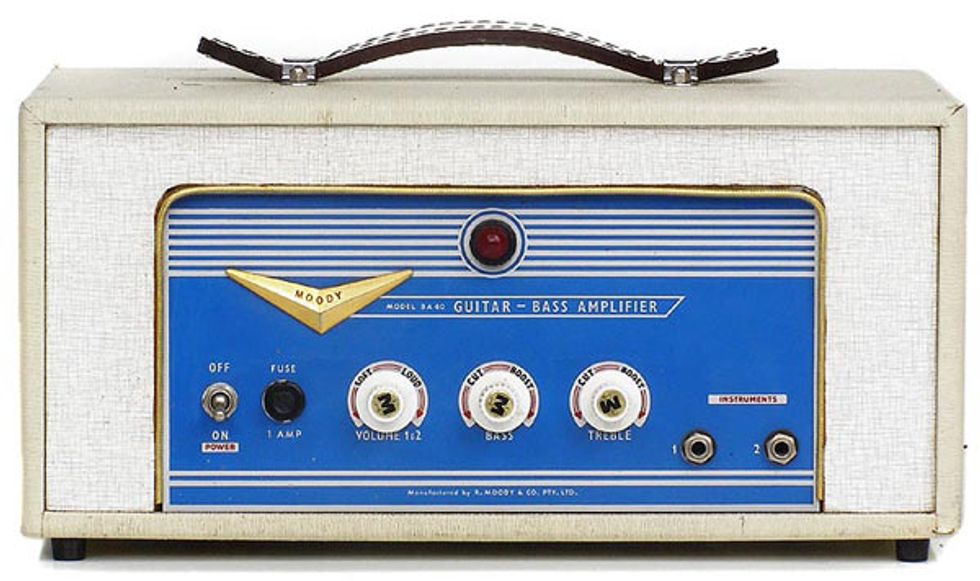
Moody BA40, photo by Neil Rote
In addition to Goldentone, Moody and Eminar, Rote names a few other influential companies: Vadis, Vase, and Maton. Today, the latter is known for its acoustic guitars as played by Tommy Emmanuel, as well as electrics favored by Josh Homme of Queens of the Stone Age and Them Crooked Vultures. But Neville Kitchen, son-in-law of Maton founder Bill May, says the company made amplifiers in the '60s and '70s out of necessity. "We had a separate electronics department that did it, and we had lots of different models," Kitchen says. "The original ones were all-valve amps, and there were a few solid state ones when it became fashionable at the end of the period when we were making them." However, as the market opened up to imported US and UK amps, Maton's time as an amplifier manufacturer drew to a close. "The reason we got out of it was that amps became a specialized product, and all the big makers from overseas happened," Kitchen says. "Plus, when you were making electronics, you had to buy thousands of little components, even though you might have only wanted a hundred. It became an expensive operation where even if you weren't making thousands you still had to buy the parts."
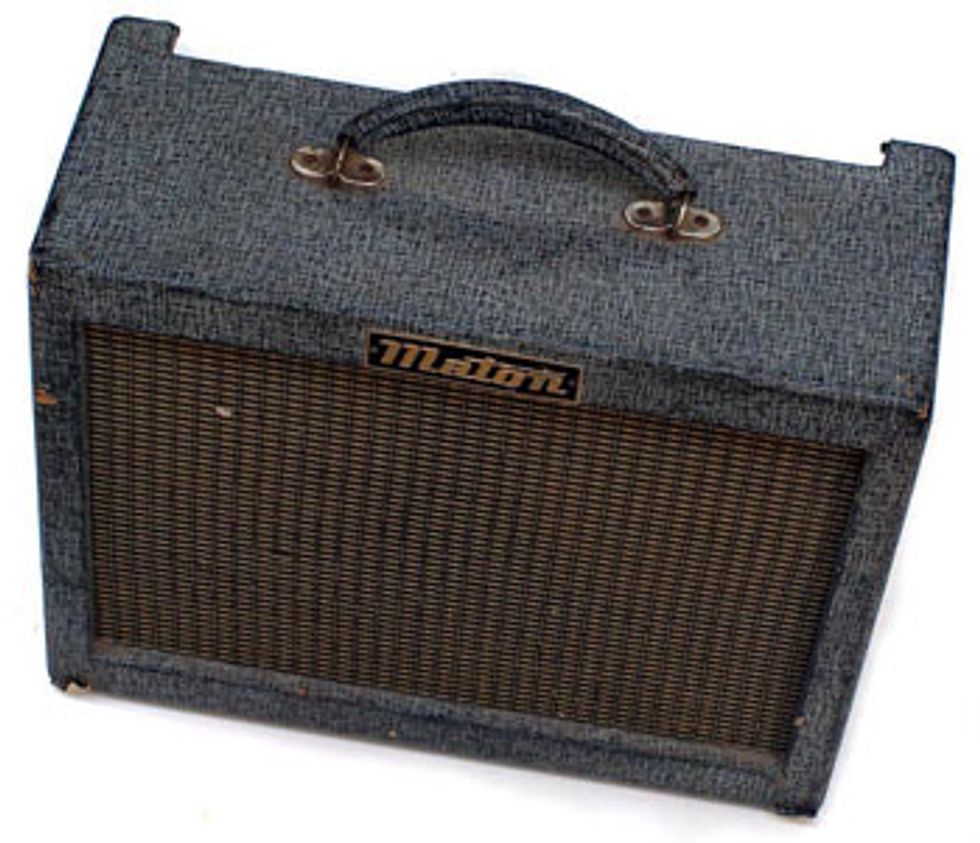
1963 Maton Mastersound Hi-Mark Series 10, photo by Neil Rote
Maton valve amps I've played have had solid low end and a gloriously grainy upper midrange quality which partners especially well with single-coils, and compresses nicely at higher volume levels. The closest comparable modern amp tone-wise is the Fender Super Sonic.
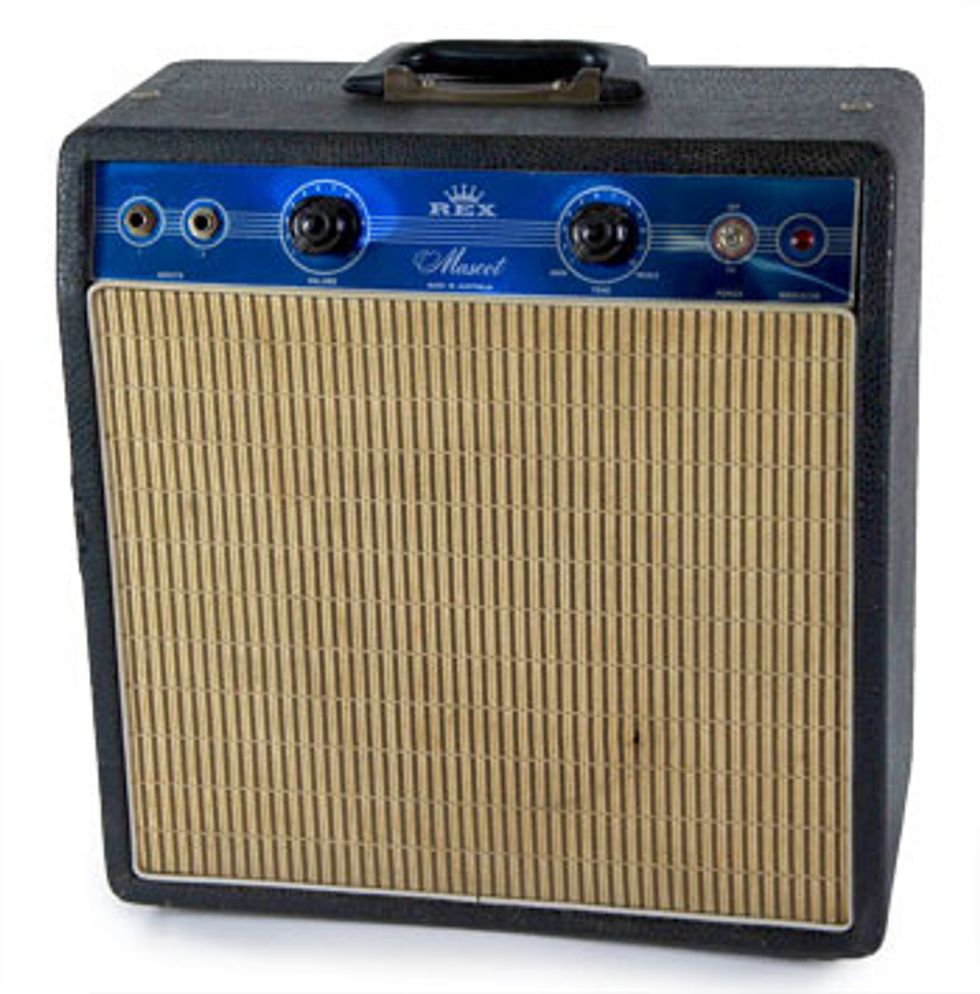 Rex Mascot |
"They started the Rex brand name with a three-watt, single-ended amp, and they had a few variations on that, but perhaps the one people know the most is the Rex Mascot," Lamberti continues. Rex also produced the Bassking in the mid-'60s with three models, 20, 50, and 100 watts, each looking identical from the front. "The 20 watts, with two EL84 power tubes, weren't that well regarded as a great amp at the time, but the second version is a much better sounding amp," says Lamberti. "The 50-watt had two EL34 power tubes and four 12AX7s. The 100-watt had 6L6s in it. Those amps, the 50s and 100s, are phenomenal. I've got a couple of them that are absolute monsters. The 100 is just unbearably loud. It's crazy!"
Other Lamberti models include the Super 20, a cathode biased amp with a tremolo circuit that Lamberti says was used in the studio by Joe Camilleri (The Black Sorrows). "It's not quite as punchy as the Bassking, but it's a sweeter tone," Lamberti says. In total, Lamberti Bros. produced three different three-watt amps, a six-watt amp with a tremolo, the Super 20, and the three Basskings.
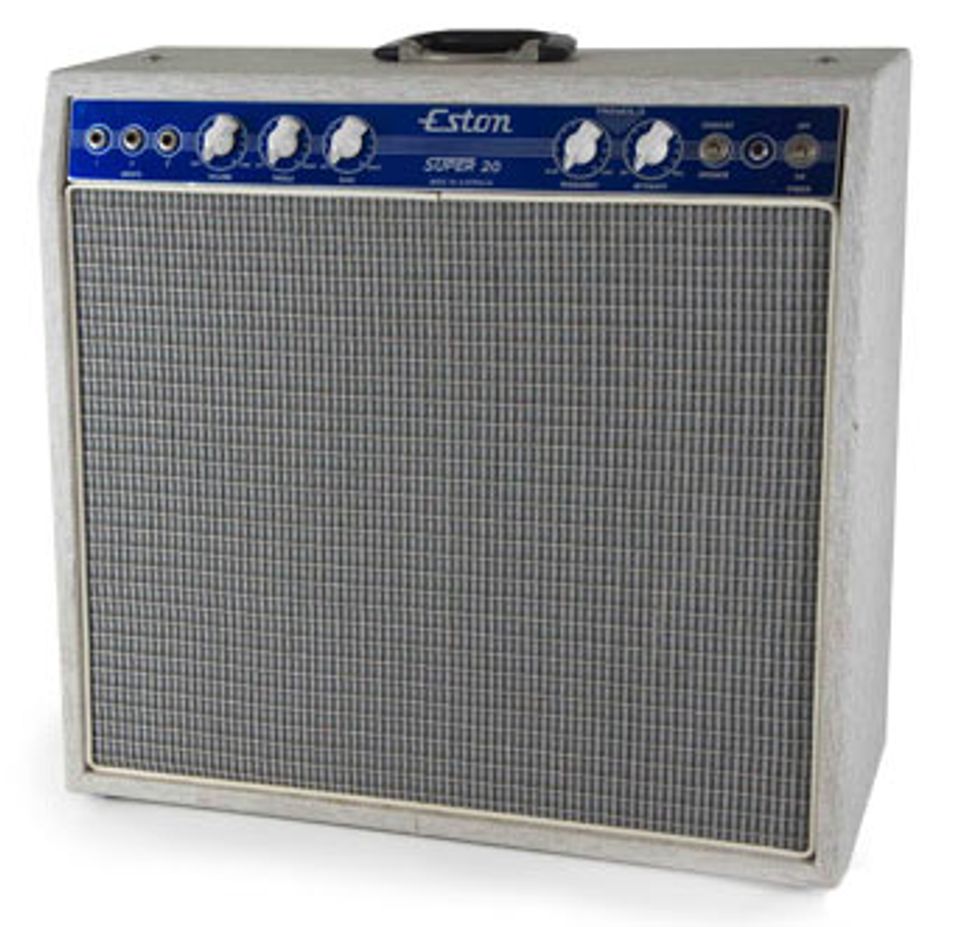
Eston Super 20
Lamberti estimates that the company made around 3500 amps within a ten-year period, stopping around the early '70s. "All the amps were hand-wired, no circuit boards," he says. "They used to manufacture the cabinets themselves. They had a company winding the transformers for them and another that was bending the chassis. We had our own engineering workshop where we'd punch all the holes for them. The vinyls were basically whatever they could find. Most of the amps were black, but every now and then you'd see an orange one, a blue one, a grey one… I think sometimes maybe they just used what they found at auctions. We've still got mountains of it here."
While most of the classic Australian amp companies of the past are out of business, Lamberti Bros, who these days are known for distributing brands such as Cort, Electro Harmonix, Laney, DBZ Guitars, and Diamond Amplifiers in Australia, revived the Rex brand name in 2006 to bring the 20-watt Bassking back to life. This was no run-of-the-mill reissue, however: Lamberti Bros actually completed a batch of unfinished amps that had been sitting in storage since the 1970s, tweaking them to meet the needs of modern players. "One of the guys who worked with my father in the early '70s has been helping us do the amps," Joe Lamberti says. "We've replaced all the electrolytics because they're too old. They haven't been used, so they're all dried up. We replace some of the transistors. We bias the amps properly, and we've done a bit of work to make the amps more punchy. The things were left sitting in our amplifier workshop in a row of Victorian shops two blocks up from the Queen Victoria Markets in Melbourne. When dad decided to stop manufacturing the amps, he already had all the chassis punched out and he already had the transformers, so they planned to do a final run of 100 Basskings, but then they didn't sell them. They got left there from 1973 up until about ten years ago, when we moved all the chassis to our new location and started quietly working on them."
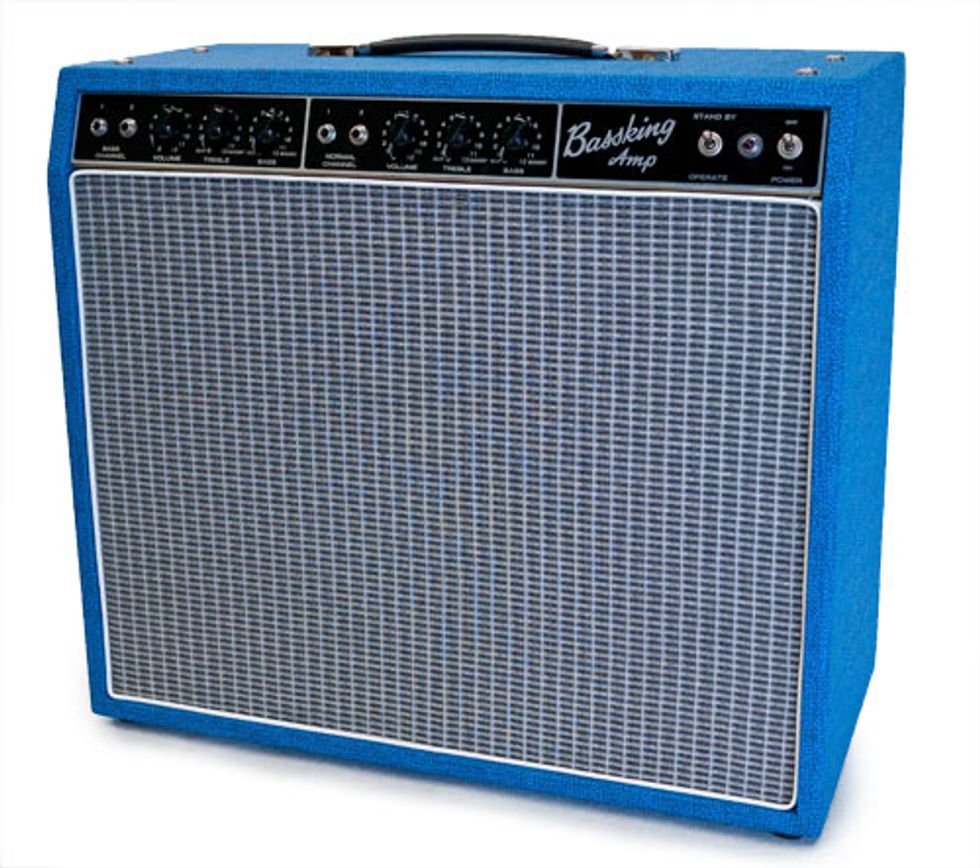
Rex Bassking combo
Just as the then-new US and UK amps of the early electric era influenced Australian companies to make their own unique models, the current boutique amp boom has led to renewed interest in these classic hand-wired Aussie amps. Their prices on the vintage market are beginning to reflect their revered status, but for now they remain a relatively accessible yet entirely unique chapter of guitar history.
